Spice Up Your Life: 7 Surprising Uses for the Small Thai Chili Pepper
Table of Contents
- Introduction
- What Is a Small Thai Chili Pepper?
- Heat Level and Flavor Profile
- 7 Surprising Ways to Use It
- Buying Guide: How to Choose the Best Ones
- Storage Tips That Actually Work
- Conclusion
Introduction
If you're someone who craves bold flavors and loves the fiery kick of spice, the small Thai chili pepper is your new best friend. Known in many kitchens as the "little fireball," this tiny pepper packs an impressive punch and has become a global favorite among both amateur cooks and seasoned chefs.
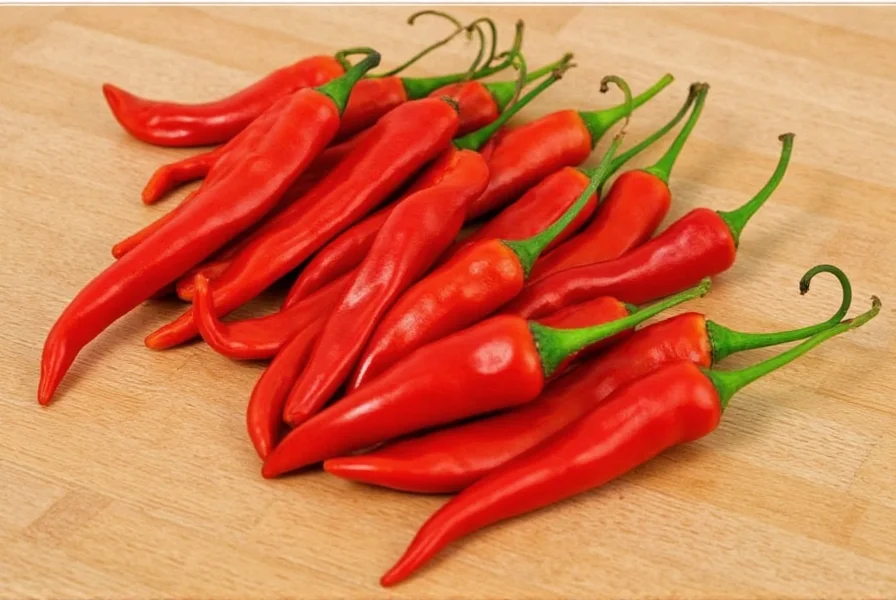
In this article, we’ll dive into everything you need to know about the small Thai chili pepper — from its heat level to surprising ways you can use it, how to pick the best ones at the market, and even storage tips that will keep them fresh for weeks.
What Is a Small Thai Chili Pepper?
The small Thai chili pepper, also known as Thai bird’s eye chili or simply bird’s eye chili, is a variety of Capsicum annuum that originated in Southeast Asia, particularly Thailand. Despite its petite size — usually around 1 to 2 inches long — it’s known for being one of the spicier chilies out there.
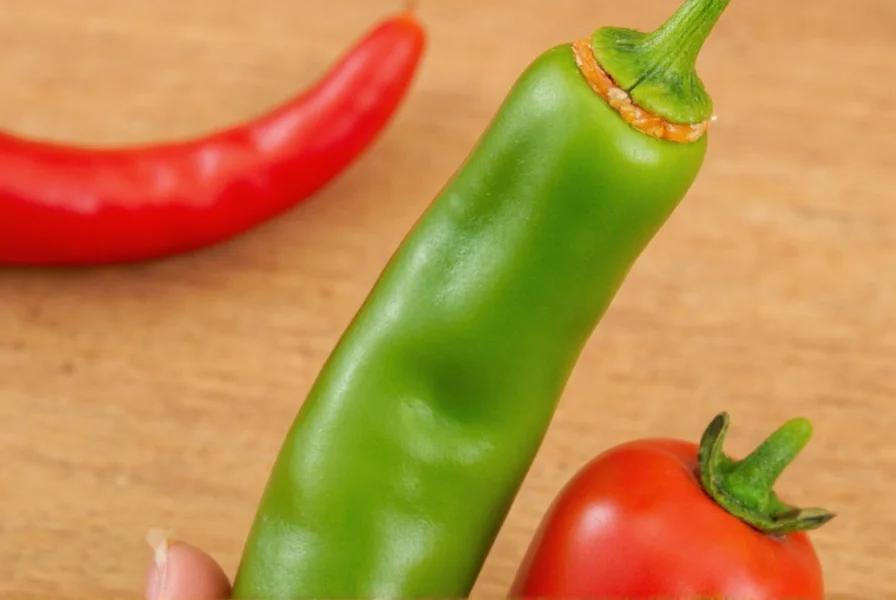
These chilies come in various colors, including green, red, yellow, and orange, each with slightly different flavor profiles and levels of heat. They are widely used in Thai, Vietnamese, Indonesian, and Filipino cuisines and are often found in curries, stir-fries, dipping sauces, and marinades.
Heat Level and Flavor Profile
If you’re wondering how hot these little guys are, the answer is: pretty darn hot! On the Scoville scale — which measures the heat of chili peppers — small Thai chilies typically range from 50,000 to 100,000 SHU (Scoville Heat Units). For comparison:
| Pepper | Scoville Heat Units (SHU) |
|---|---|
| Jalapeño | 2,500 – 8,000 |
| Hatch Green Chile | 1,000 – 15,000 |
| Thai Chili | 50,000 – 100,000 |
| Habanero | 100,000 – 350,000 |
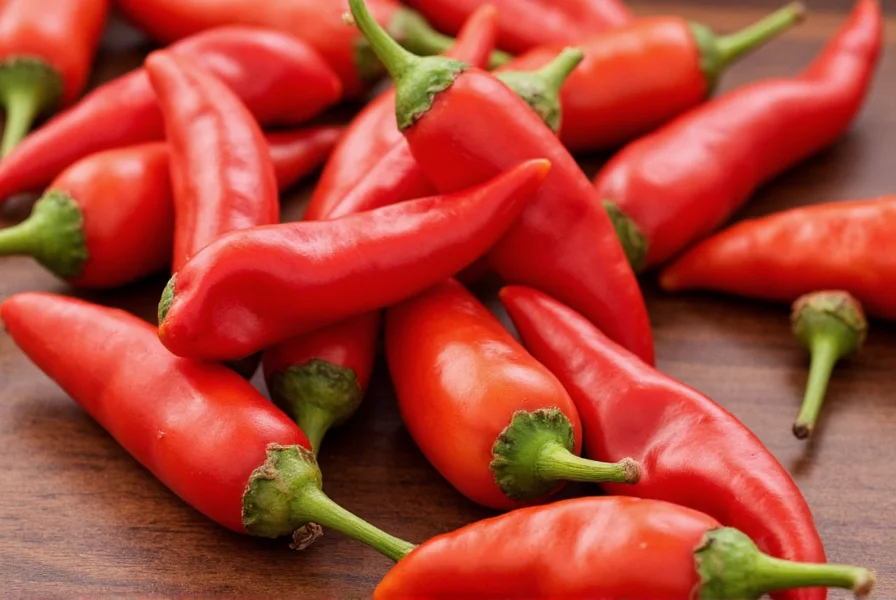
While they deliver intense heat, Thai chilies also offer a bright, fruity undertone that adds complexity to dishes beyond just spiciness. The red varieties tend to be the most mature and thus have a richer, sweeter flavor than their younger green counterparts.
7 Surprising Uses for the Small Thai Chili Pepper
Now that you know what makes the small Thai chili pepper special, let’s explore some creative and delicious ways to incorporate it into your cooking repertoire. These ideas go beyond throwing them into your curry or pad thai!
- Make Your Own Thai Chili Garlic Oil
This simple oil infuses garlic and Thai chilies into a spicy, aromatic base that can elevate anything from noodles to grilled meats. Just fry minced garlic and sliced chilies in neutral oil until golden, then strain and store in a bottle.
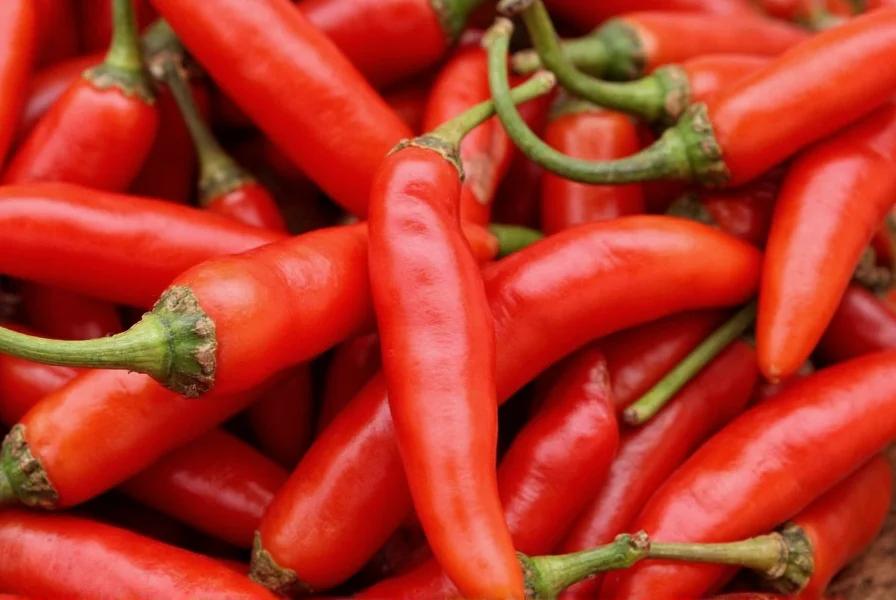
- Add Spice to Breakfast Dishes
Yes, really! A finely chopped Thai chili can bring exciting heat to scrambled eggs, breakfast burritos, or even avocado toast. Don’t sleep on this spicy twist.
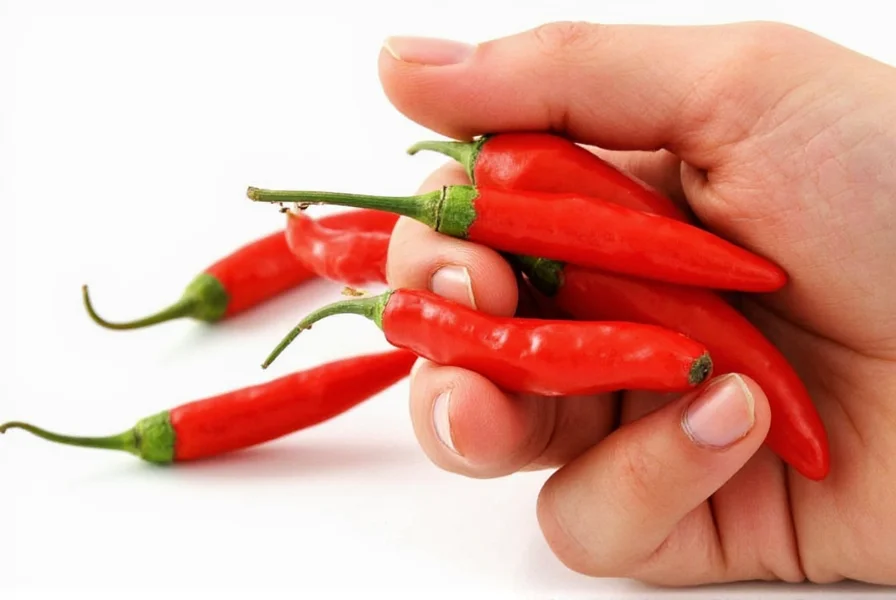
- Spice Up Popcorn
Mix crushed dried Thai chilies with melted butter and drizzle over freshly popped popcorn. Add a dash of lime juice and salt for a zesty, addictive snack.
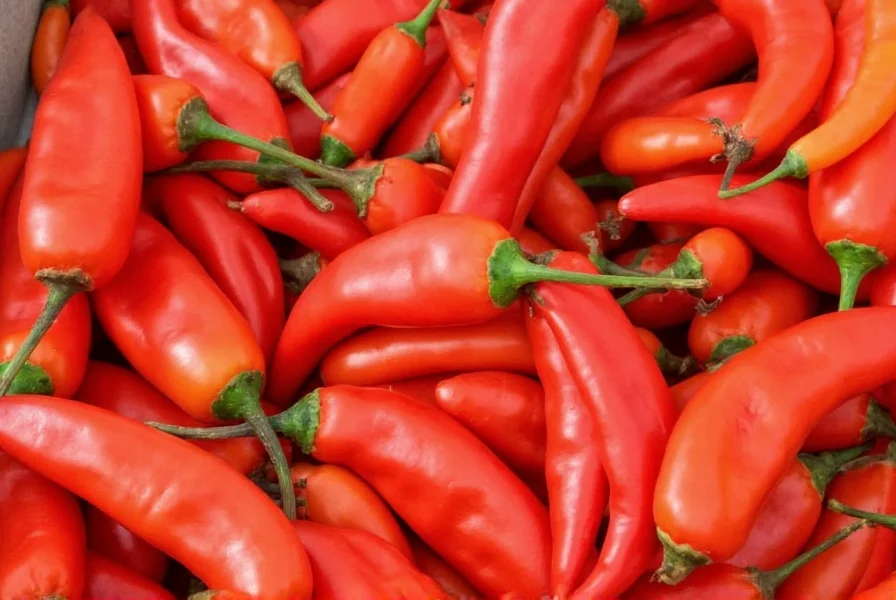
- Create Fusion Sauces
Blend Thai chilies with ingredients like mango, coconut milk, soy sauce, or miso to make fusion sauces that pair well with seafood, grilled chicken, or tofu bowls.
- Infuse Cocktails
For adventurous mixologists, a few slices of Thai chili in tequila or mezcal create a smoky-spicy base for margaritas, palomas, or Bloody Marys.
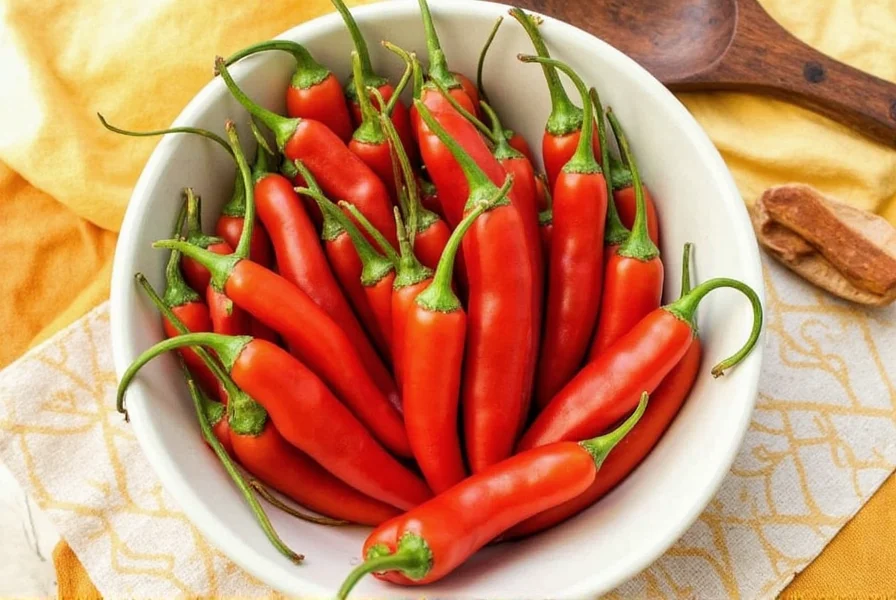
- Boost Marinades and Brines
Chopped Thai chilies work wonders in meat marinades, especially for pork, chicken, or shrimp. Their heat tenderizes the proteins and adds depth to the flavor profile.
- DIY Hot Sauce (Thai Style)
Simmer Thai chilies with vinegar, garlic, and a touch of sugar, then blend and strain for a homemade hot sauce that rivals any store-bought version.
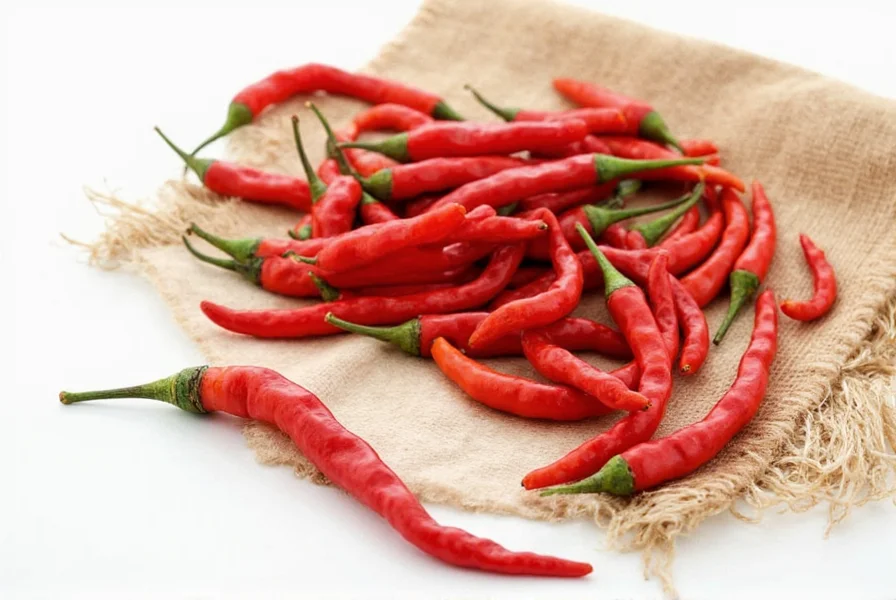
Buying Guide: How to Choose the Best Small Thai Chili Peppers
Whether you’re shopping at a local farmers’ market, grocery store, or Asian supermarket, knowing how to select the best Thai chili peppers can make all the difference in taste and performance. Here's a handy guide to help you make the right pick:
Color Matters
Small Thai chilies come in a variety of colors, each signaling a different stage of ripeness and offering distinct flavor notes:
| Color | Ripeness | Flavor Notes |
|---|---|---|
| Green | Unripe | Grassy, vegetal, mild sweetness |
| Red | Fully ripe | Sweet, fruity, complex heat |
| Orange/Yellow | Mid-ripening | Bright citrusy tones, moderate heat |
Texture & Firmness
Look for chilies that feel firm to the touch and have smooth, glossy skin. Avoid those that are wrinkled, soft, or discolored — these signs indicate age and possible spoilage.
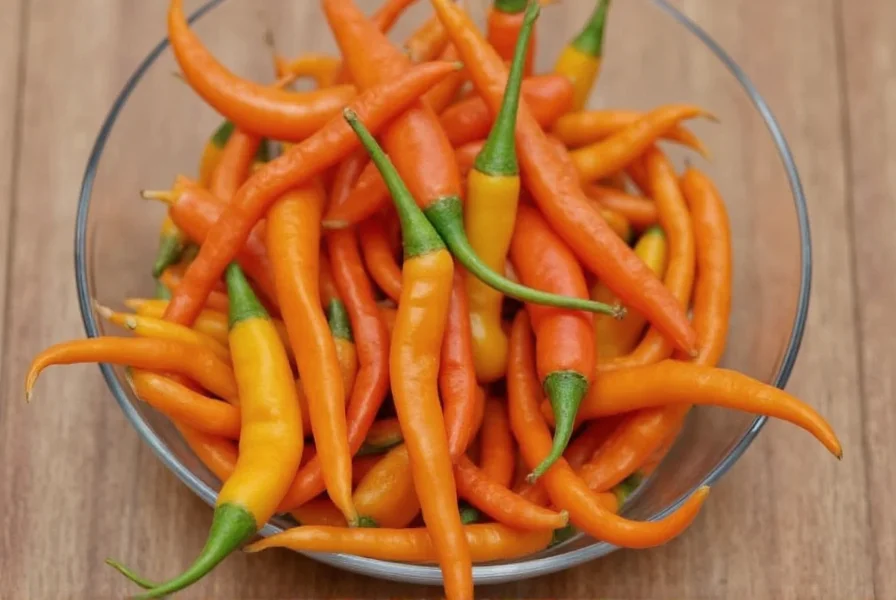
Size Consistency
While all Thai chilies are relatively small, aim for consistency in size when buying in bulk. This helps during preparation, especially if you’re slicing or fermenting them.
Dried vs. Fresh
- Fresh Chilies: Ideal for immediate use, sauces, salsas, or quick frying. They retain more moisture and brightness.
- Dried Chilies: Great for long-term storage, grinding into powder, or rehydrating for pastes and stews. They offer a more concentrated flavor and heat.
Top Picks for Thai Chili Products
1. Sun-Dried Thai Chili Peppers (Pack of 100g)
- Features: Intensely concentrated flavor, perfect for making broths, stocks, and traditional spice pastes.
- Advantages: Long shelf life, easy to store, great for bulk cooking.
- Use Cases: Curry pastes, soups, marinades.
- Target Audience: Home cooks, chefs, spice lovers.
- Suitable Occasions: Everyday meals, holiday cooking, gifting.

2. Fresh Thai Chili Pepper Bunch (Locally Grown)
- Features: Locally grown, pesticide-free, vibrant color and aroma.
- Advantages: Versatile, great for raw or cooked applications.
- Use Cases: Salsa, hot sauces, garnishing.
- Target Audience: Urban foodies, organic eaters, home chefs.
- Suitable Occasions: Summer grilling, weekend brunch, DIY condiments.
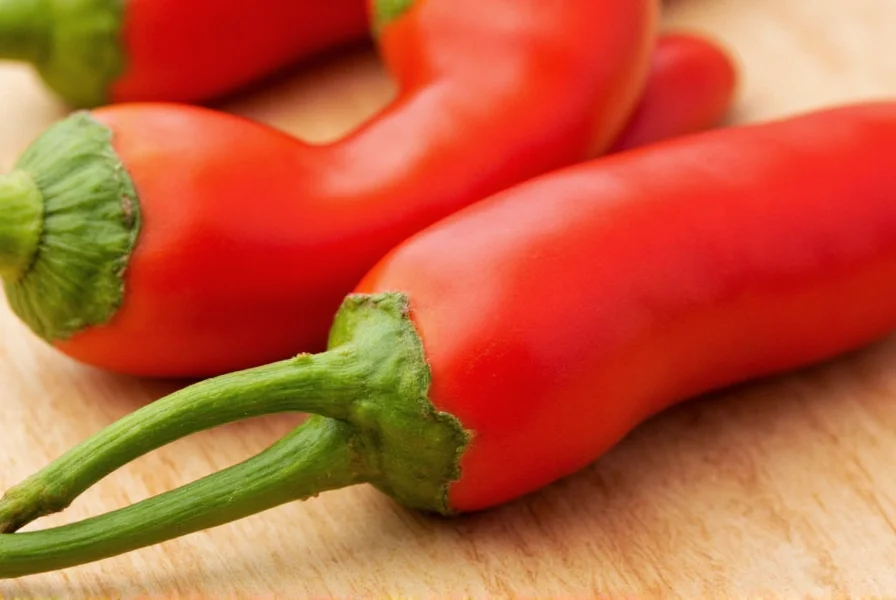
Storage Tips That Actually Work
Got too many Thai chilies and not sure how to keep them fresh? No worries! Here are some practical storage methods to maximize their shelf life and flavor:
- Refrigeration: Place unwashed chilies in a plastic bag or sealed container and store in the fridge for up to 2 weeks.
- Freezing: Wash and dry the chilies, then freeze them whole in a freezer-safe bag. They can be added directly to soups, stir-fries, or sauces while still frozen.
- Drying: Hang chilies in a warm, dry area or place them in a dehydrator. Once completely dry, store them in an airtight container for months.
- Oils and Pastes: Make chili oil, paste, or sauce and store in the fridge for up to a month or freeze for longer preservation.
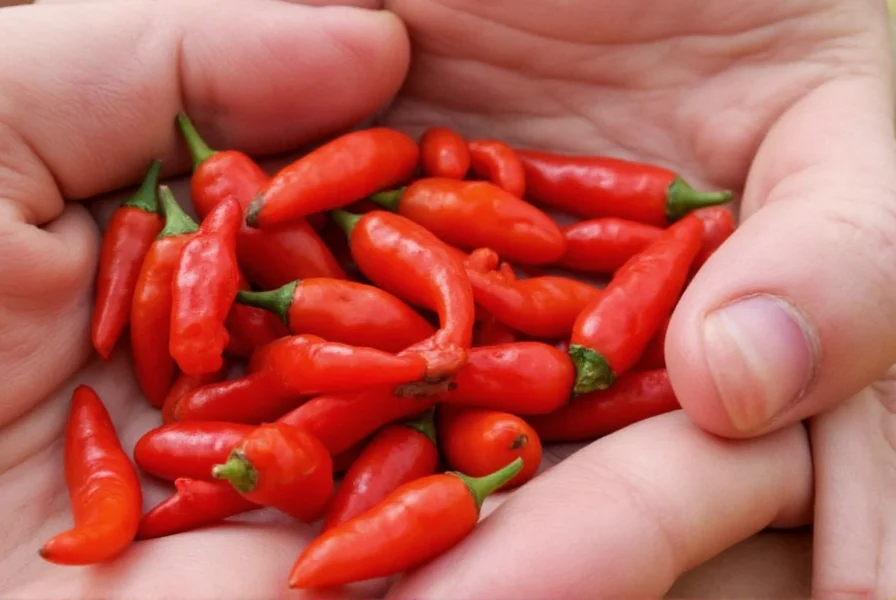
Conclusion
The small Thai chili pepper may be tiny, but it’s mighty in both flavor and versatility. Whether you’re looking to spice up your everyday meals, experiment with new recipes, or stock your pantry with fiery goodness, this little powerhouse should definitely be in your kitchen arsenal.
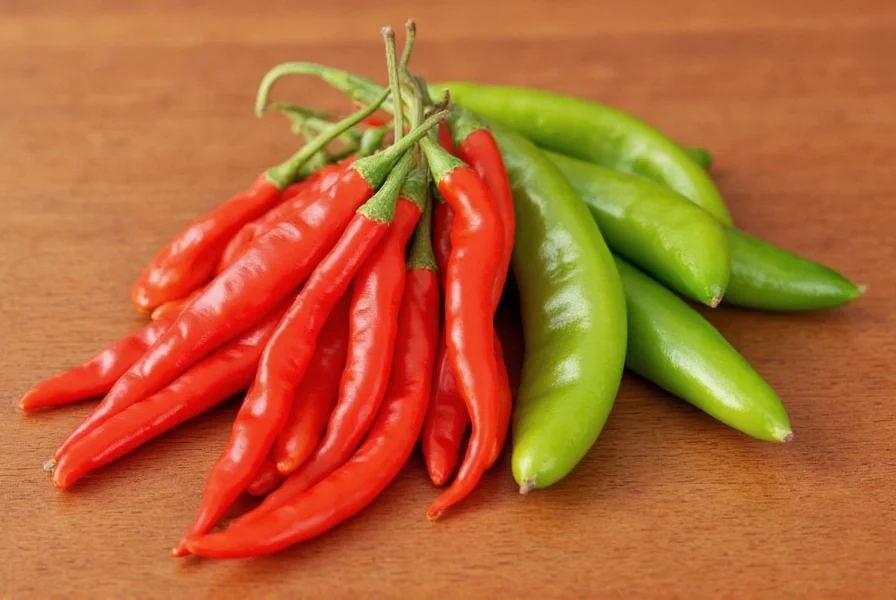
Remember, it’s all about balance — respect the heat but embrace the flavor. From homemade sauces to fusion cocktails, the possibilities with Thai chilies are practically endless. So next time you spot these little red (or green) gems at the market, grab a bunch — your taste buds will thank you.
Stay spicy, stay curious, and keep exploring the wonderful world of chilies!

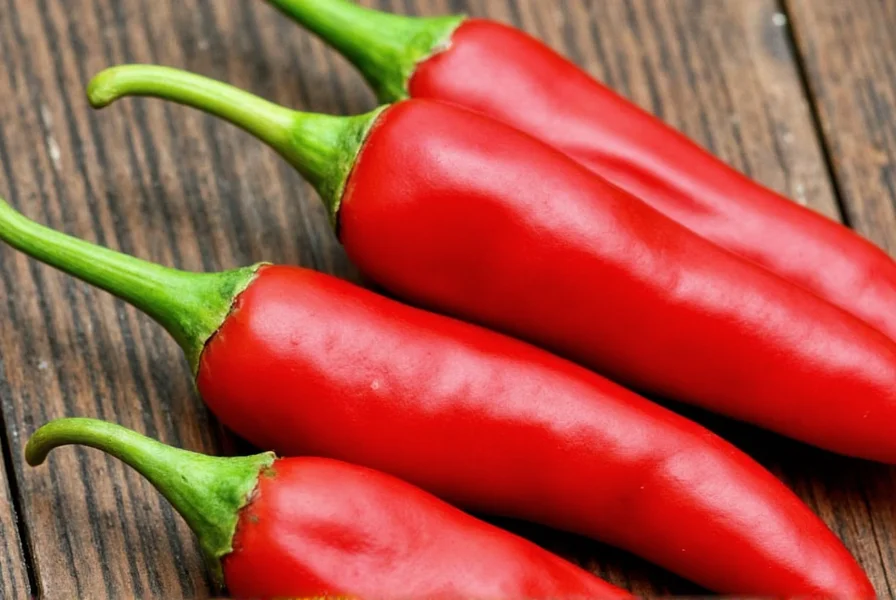









 浙公网安备
33010002000092号
浙公网安备
33010002000092号 浙B2-20120091-4
浙B2-20120091-4